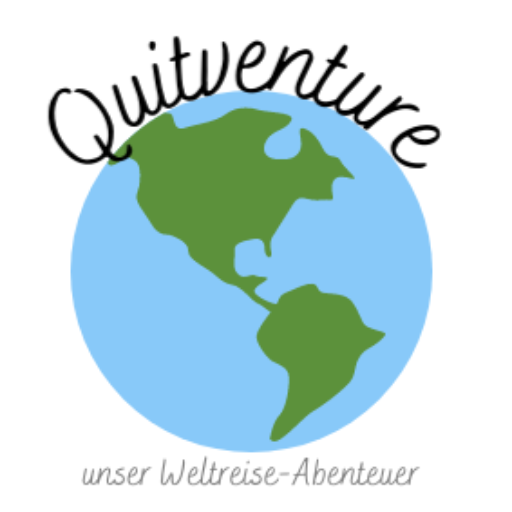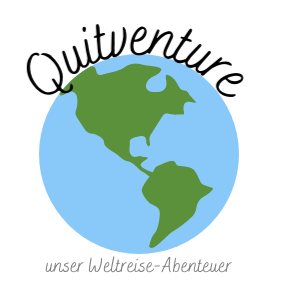Tartu, the second largest city in Estonia
The last stop of the Baltic trip takes us to Estonia. We quickly realized that the smallest Baltic country has a lot to offer. Our journey starts in Tartu, the second largest city in Estonia (with almost 90,000 inhabitants). We went there by train from Cesis (Latvia). Our train from Cesis went first to Valga, a border town between Latvia and Estonia. The border runs through the town and the station is on the Estonian side. There we also had to change trains. Shortly before we entered the station it really started to pour and we were very lucky that the train to Tartu was on the same track just on the opposite so we could just get in! It was interesting to hear the first Estonian words and to try to understand anything that the other train passengers next to us were saying (Unfortunately without success). We stayed directly for three nights in the "Angelhouse" with the wonderful host with the name Malle.
Overall, we found the atmosphere around the town hall square and in the city very pleasant. In front of the colorful town hall there is a fountain with the statue "Kissing Students". At the town hall square there are also many restaurants, where we could directly get to know Estonia culinary.
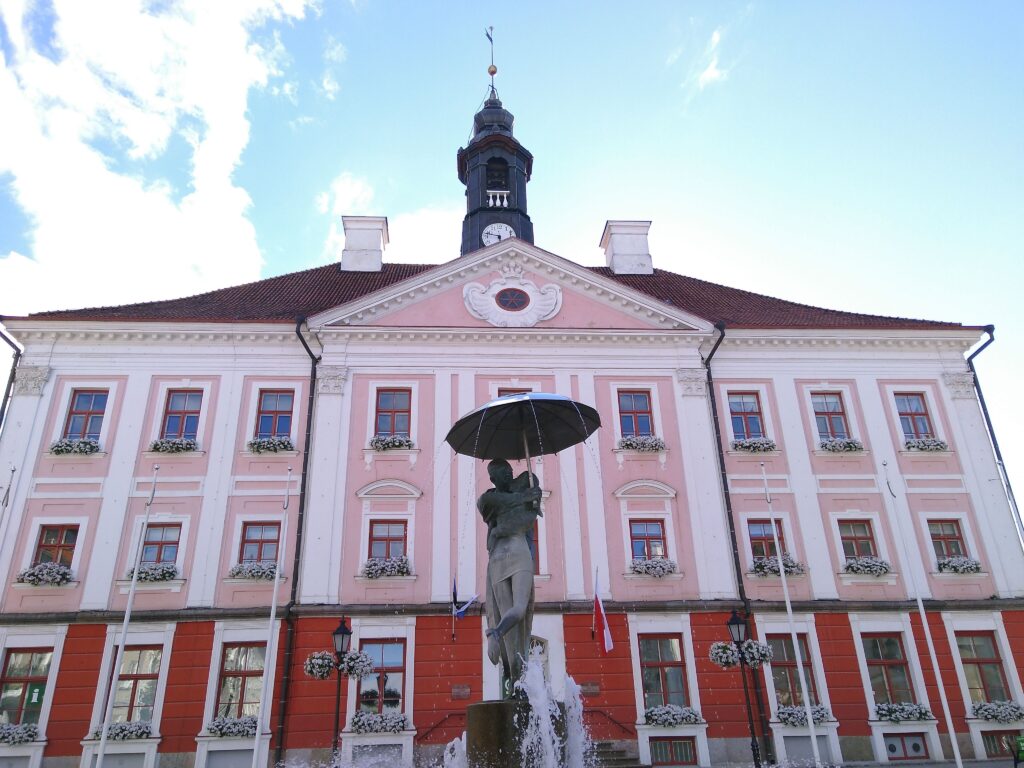
The area around the university (first picture) is also very beautiful and we walked through the nearby park "Toomemäe".
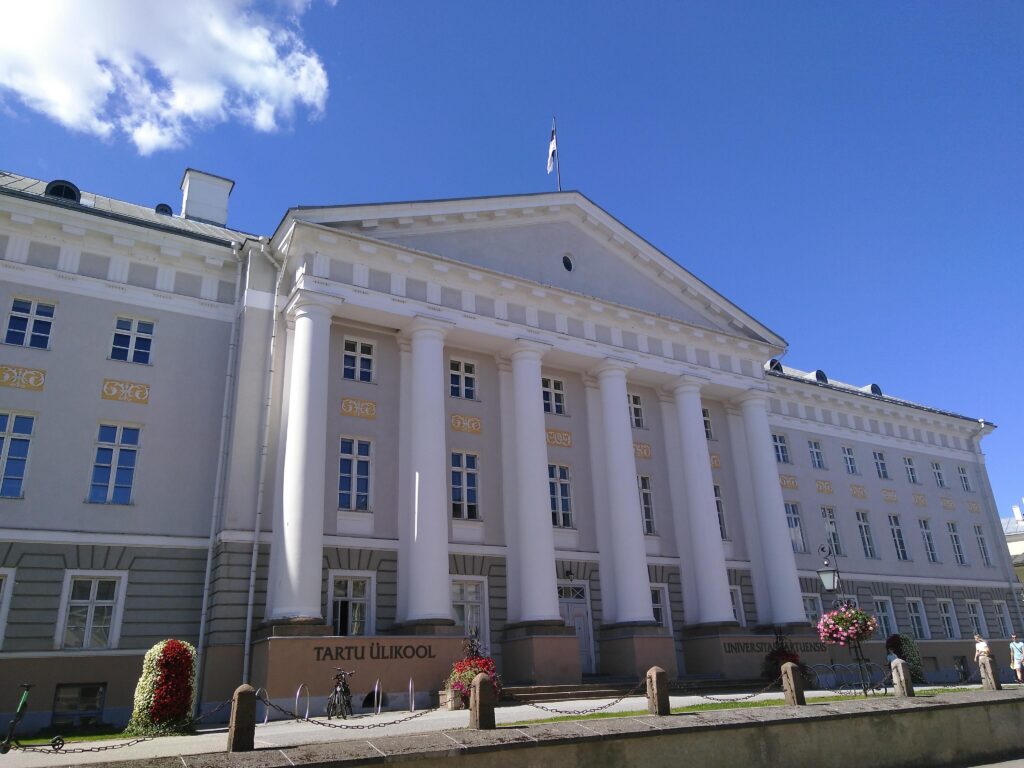
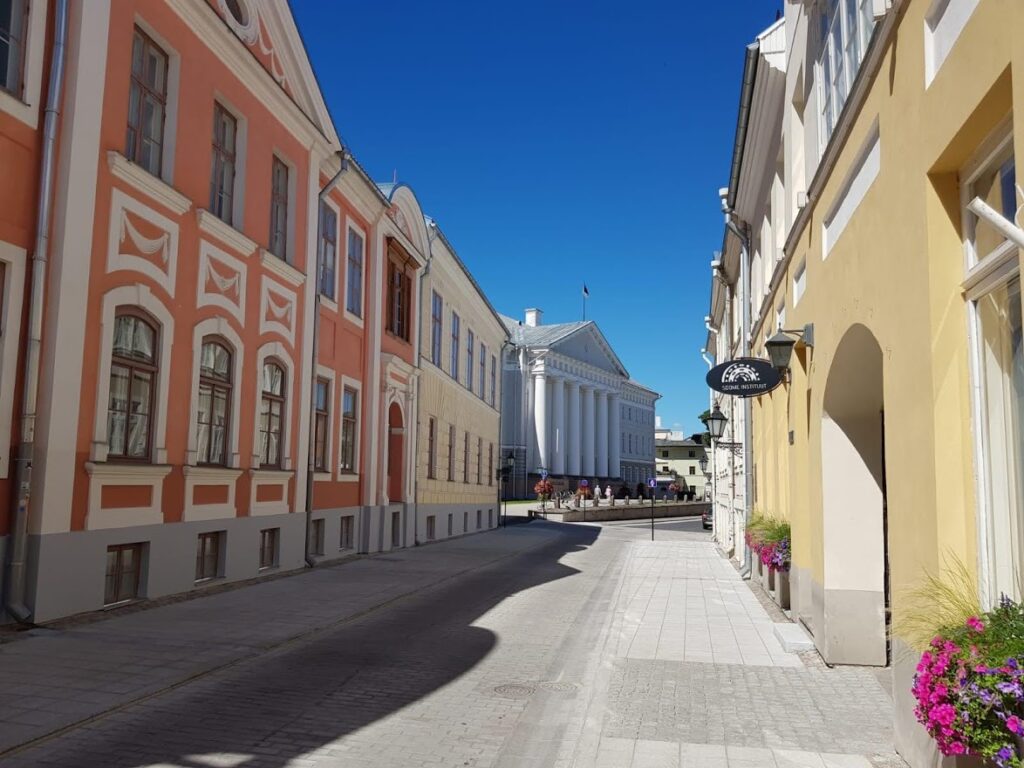
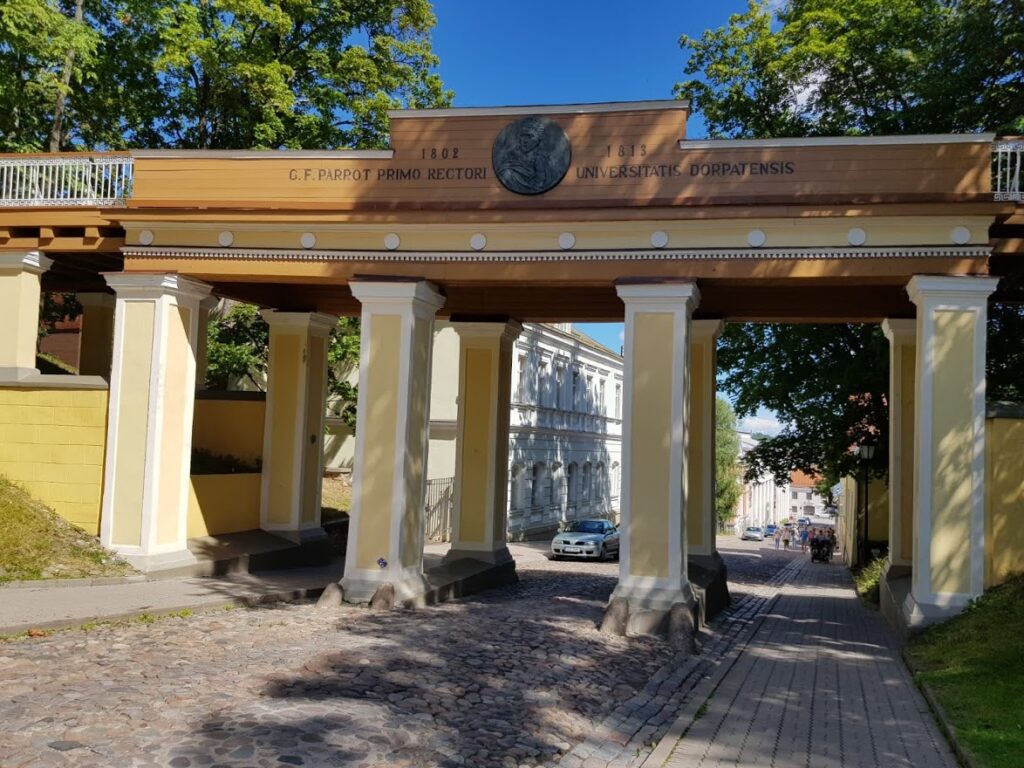
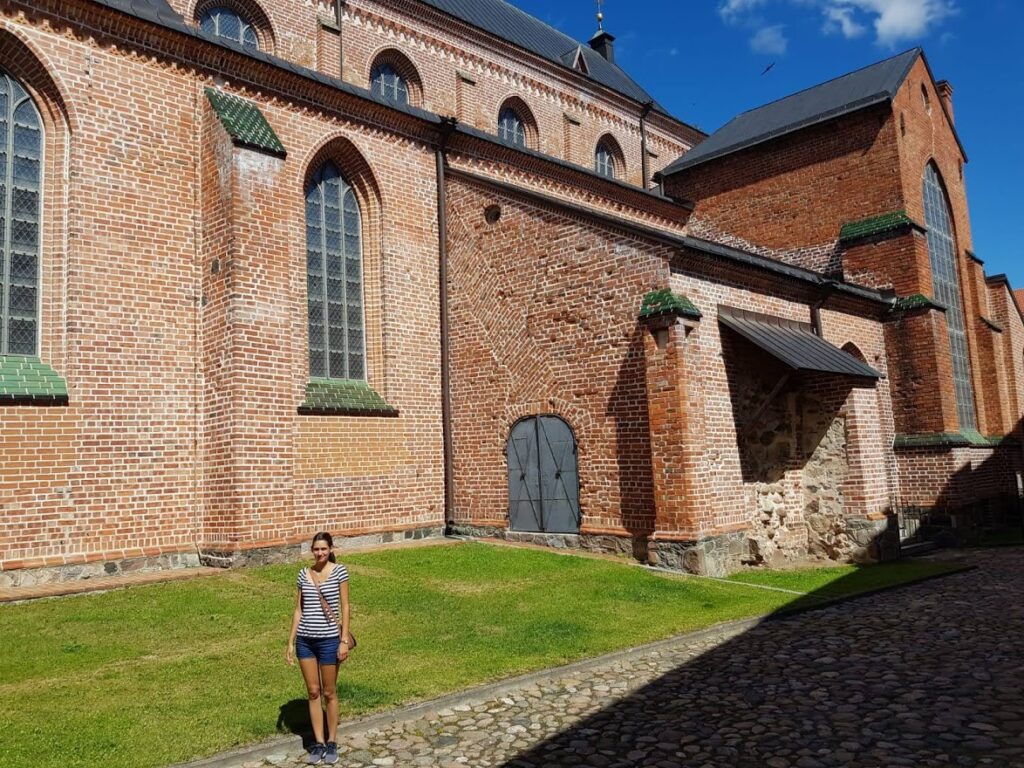
In addition, the river Emajogi flows through Tartu, which is a nice place to stroll along. We walked to the other side of the river to Ülejõe Park and found a fallen and rusted power pole just lying there.
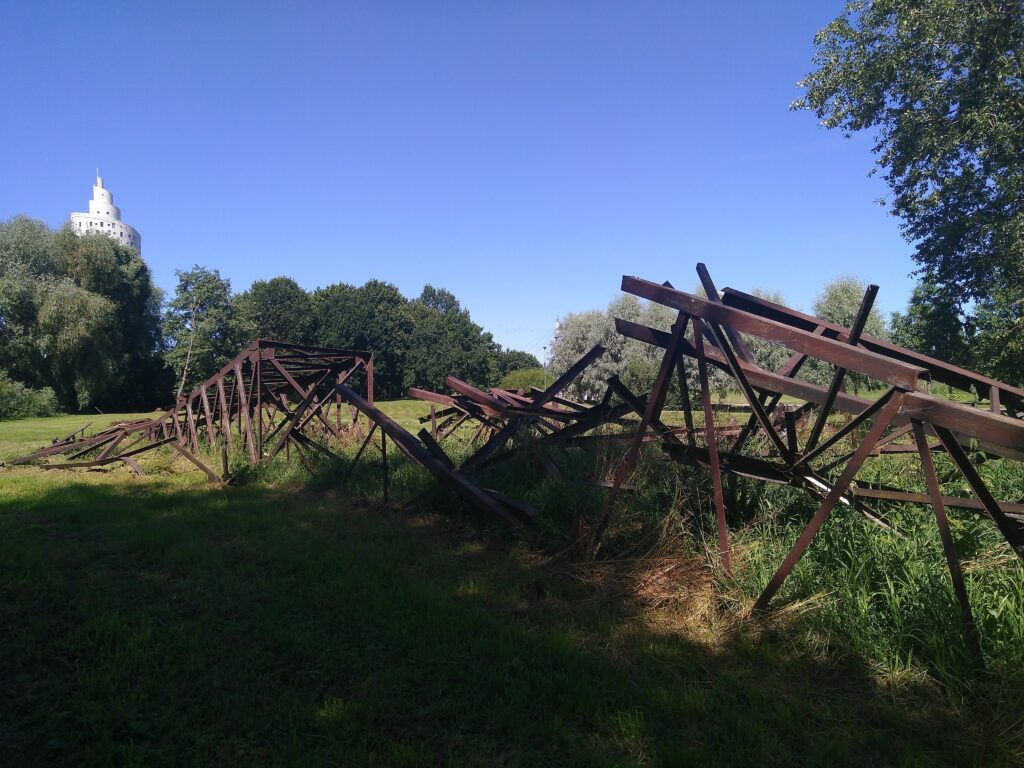
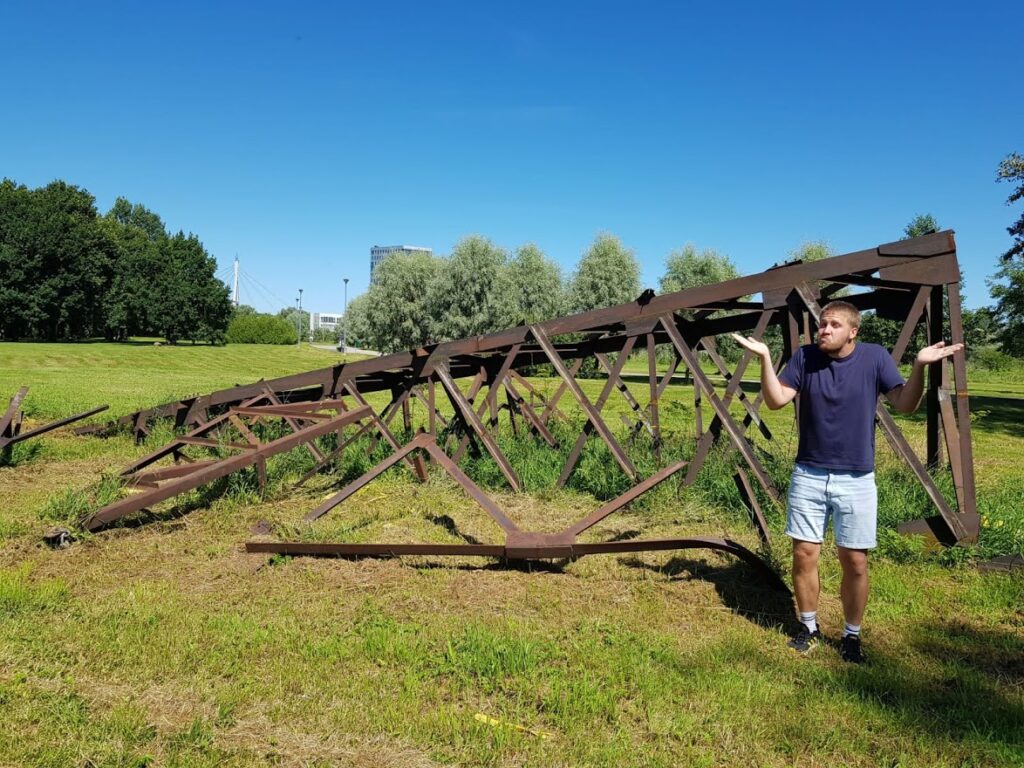
Was unsere Aufenthalt in Tartu aber ganz besonders gemacht hat, war unsere Unterkunft (Werbung) – das „Angelhouse“ von Malle. Etwas außerhalb der Stadt, aber mit einem schönen Spaziergang gut zu erreichen, steht das Haus von Malle, welches sie von ihrem Vater übernommen hat und seit ein paar Jahren vollständig renoviert. Sie hat uns mit ihrer herzlichen Art begrüßt und wir kamen draußen im Garten bei einem Kaffee schnell ins Gespräch. Der große Garten mit Treibhaus und vielen Johannis- und Stachelbeersträuchern stand uns ebenfalls zur freien Verfügung. An einem Tag hat sie sogar ein altes Fotoalbum rausgekramt, um uns einen ganz privaten Einblick in die Umbauarbeiten zu geben. Hier haben wir uns wirklich sehr sehr wohlgefühlt.
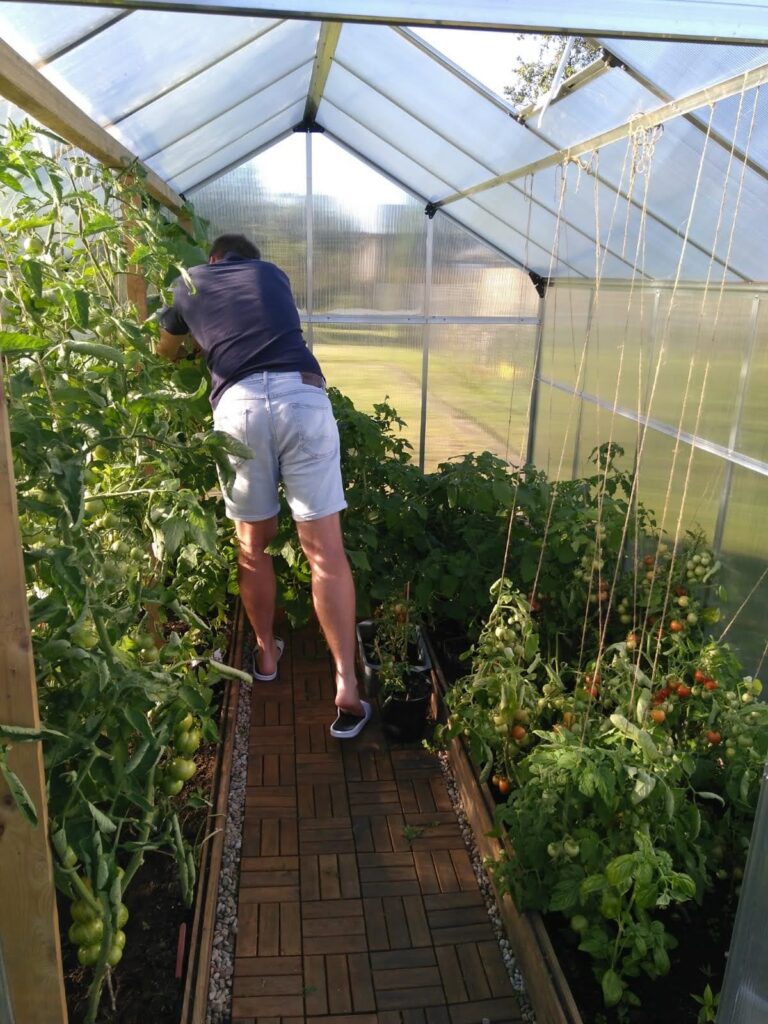
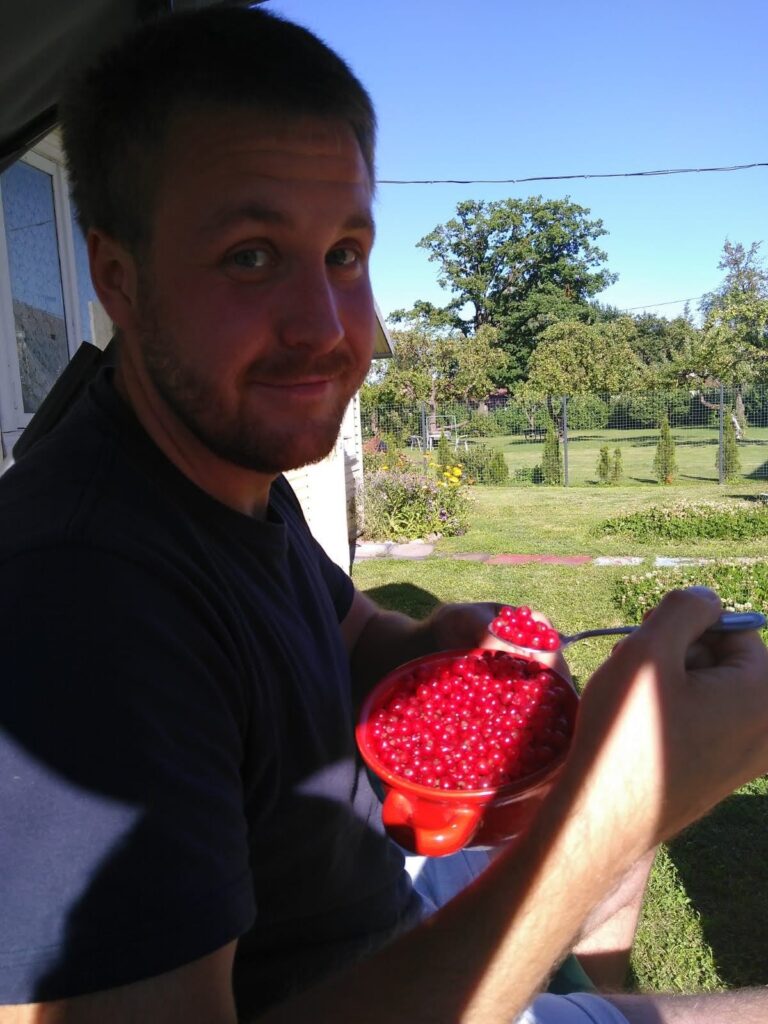
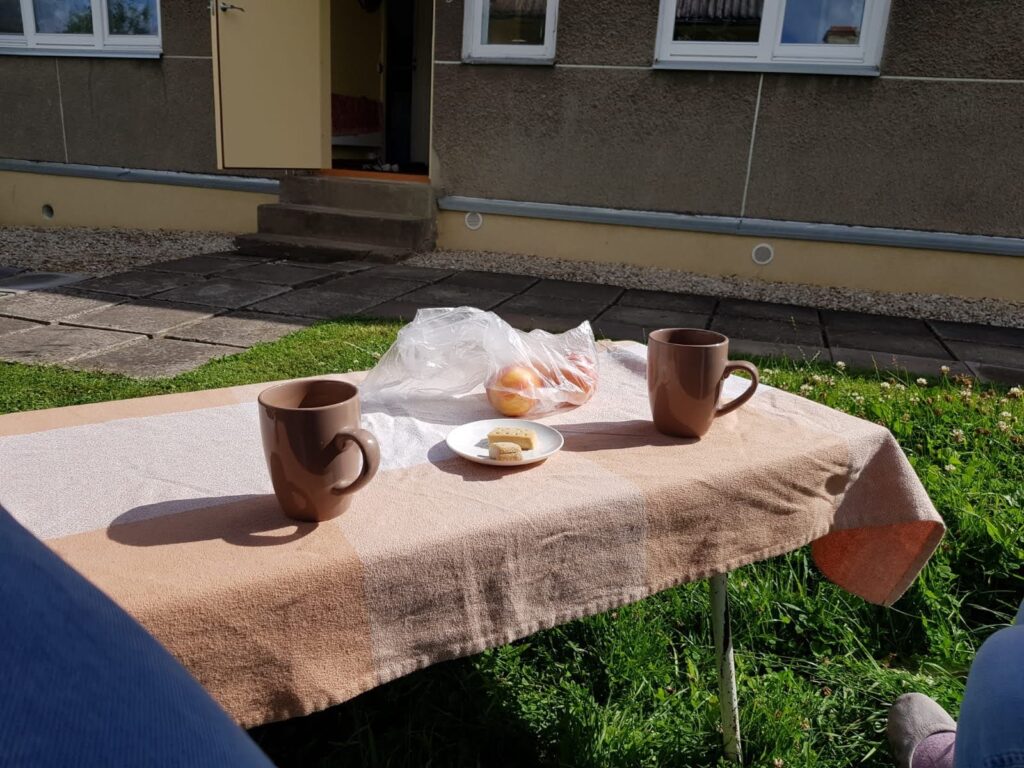
Our excursion to Lake Peipus
Because we did not only want to explore Tartu, but also the surroundings, on the last day we went on an excursion to Peipus-See . The lake is not only a border between Estonia and Russia (somehow such borders always attract us automatically), it is also the fifth largest lake in Europe and thus about 7 times bigger than Lake Constance!
We went to the lake by bus again and experienced an absolute surprise: In some regions bus travel is free of charge to counteract the rural depopulation and to give people an impulse to use public transport more. We were totally surprised that we didn't have to pay for about one hour of bus travel. Unfortunately, on our onward journey we found out that this really only applies to certain regions, otherwise this would have been a very cheap road trip.
We got off at the first stop at the Peipus Lake, in the village of Varnja. There we walked a good kilometer along the lake and looked for a place to swim. Unfortunately there was no access to the lake, which is not used privately. Since buses were really rare in the region, we decided to just take a walk along the onion road and walk 7 km to the village of Kolkja. That was also nice. Halfway along the way in the little village Kasepää we had a drink and were convinced by the saleswoman to try a regional onion bag - delicious.
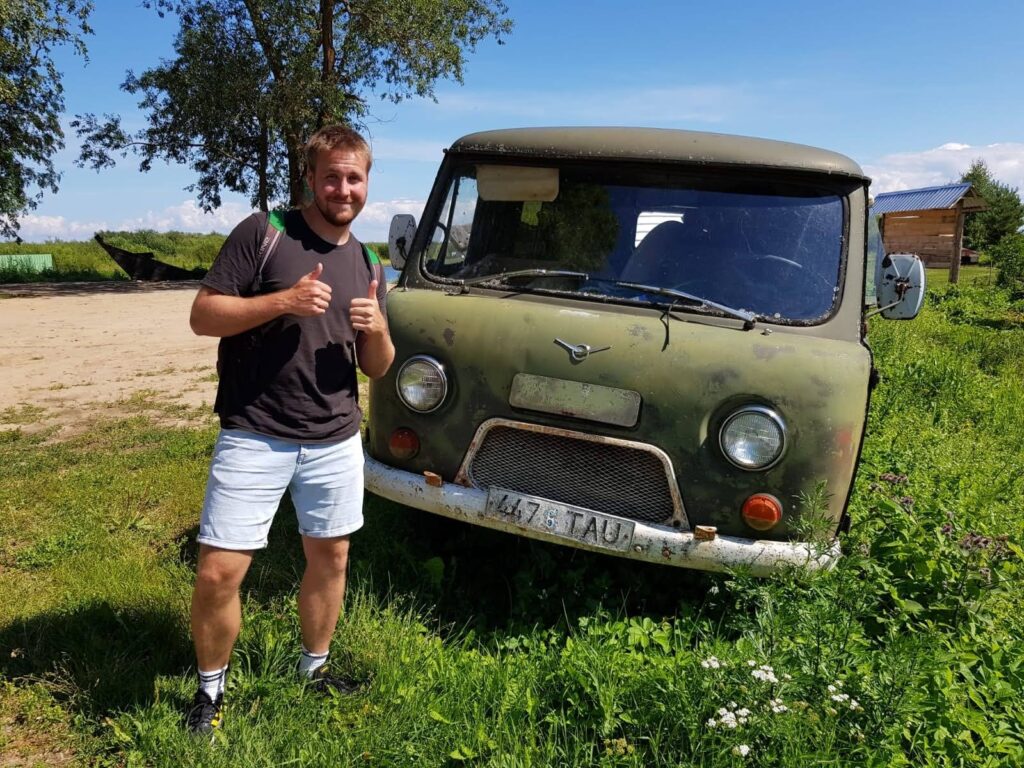

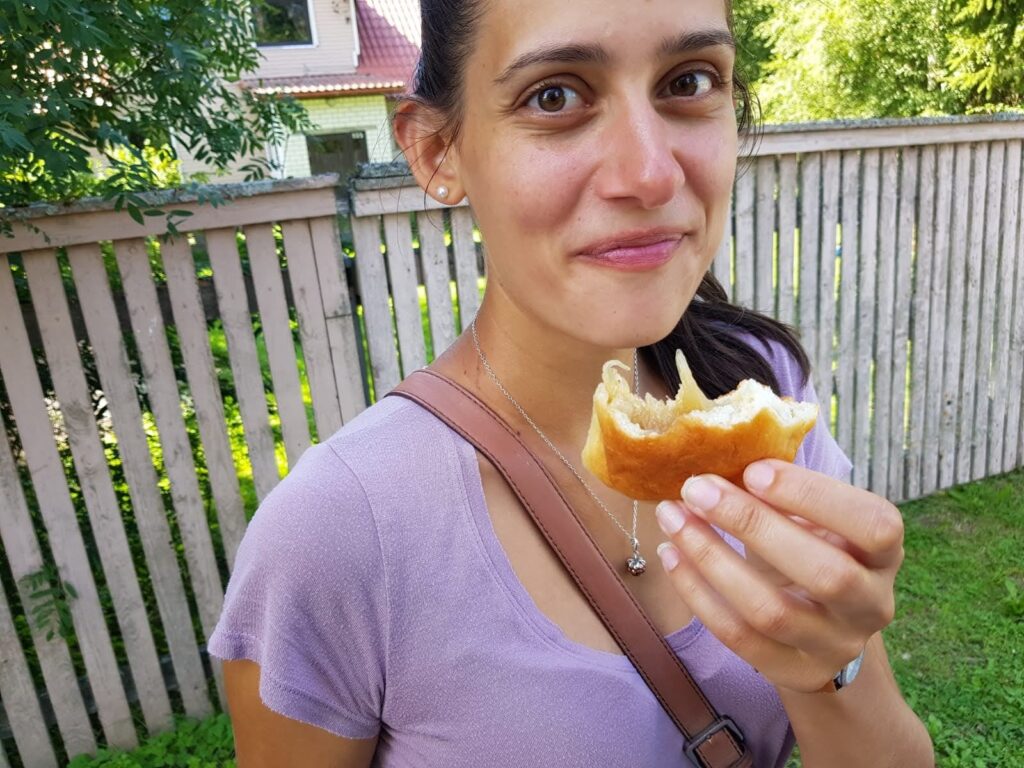
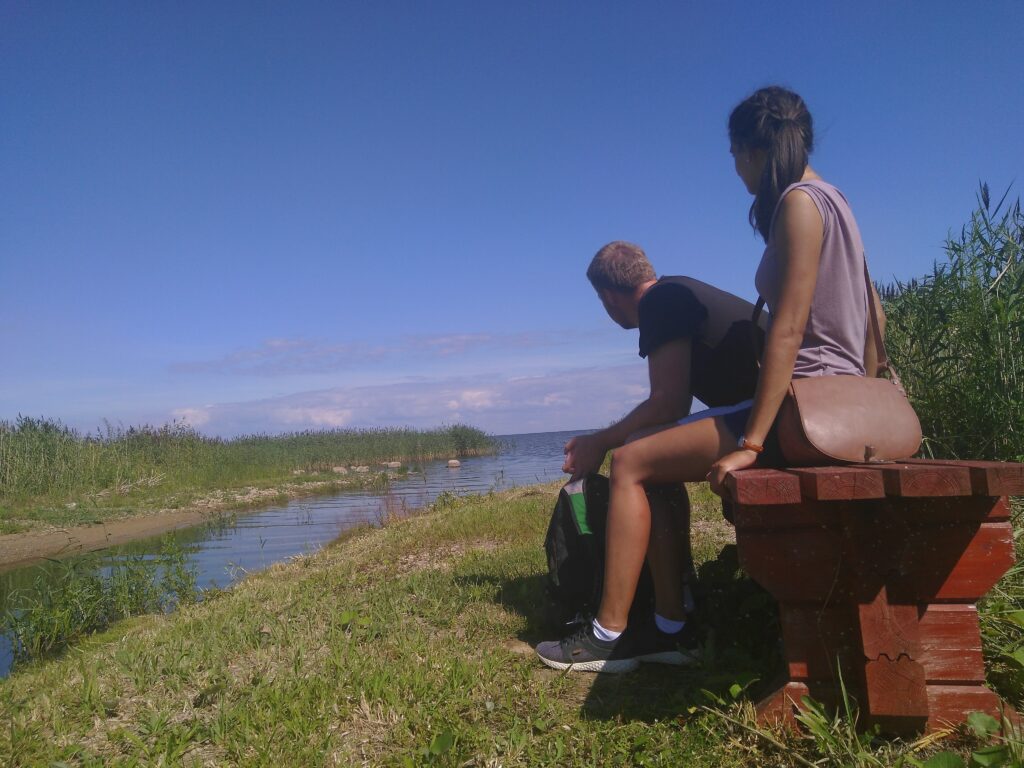
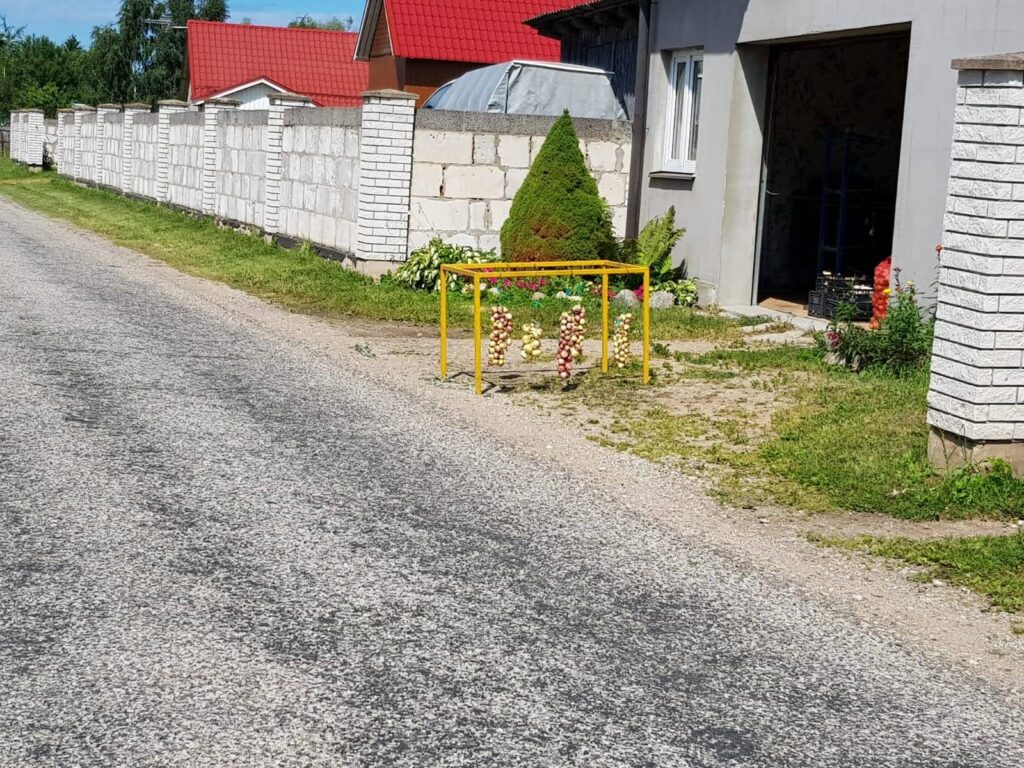
After the wonderful time at Malle and a warm farewell we took the bus to Narva, the border city to Russia.
